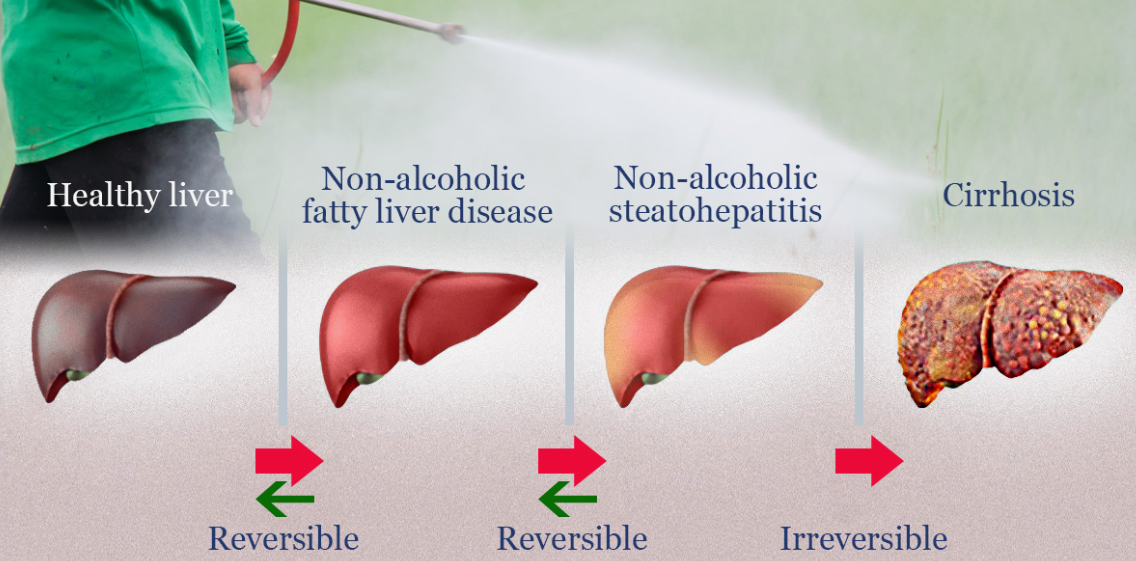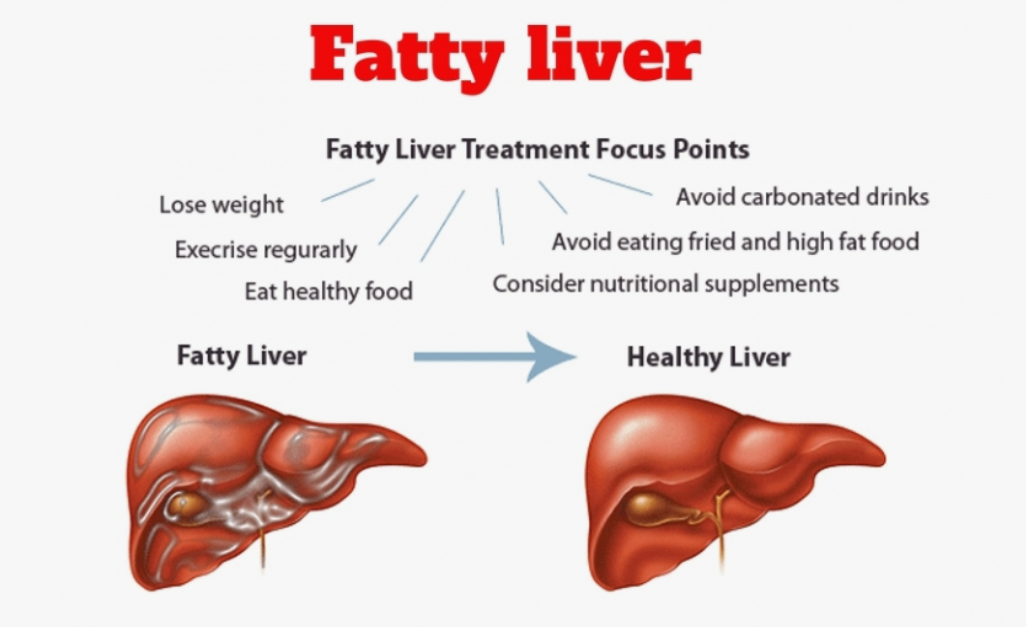Understanding Fatty Liver Disease: Causes, Risks, and Prevention
Fatty liver disease, also known as hepatic steatosis, occurs when excessive fat accumulates in the liver. It is a growing health concern worldwide, primarily due to modern lifestyle factors such as poor diet, sedentary habits, and obesity. If left untreated, fatty liver disease can progress to more severe conditions like liver inflammation (steatohepatitis), fibrosis, cirrhosis, and even liver failure.

Types of Fatty Liver Disease
Non-Alcoholic Fatty Liver Disease (NAFLD):
The most common type, affecting individuals who consume little to no alcohol.
Strongly linked to obesity, insulin resistance, diabetes, and high cholesterol.
Alcoholic Fatty Liver Disease (AFLD):
Caused by excessive alcohol consumption, which damages liver cells and impairs fat metabolism.
Can progress to alcoholic hepatitis or cirrhosis if alcohol intake continues.
Causes and Risk Factors
Unhealthy Diet: High consumption of processed foods, sugary drinks, and saturated fats leads to fat accumulation in the liver.
Obesity and Metabolic Syndrome: People with obesity, type 2 diabetes, or high cholesterol are at higher risk.
Sedentary Lifestyle: Lack of exercise reduces the body’s ability to burn fat, increasing fat storage in the liver.
Genetics: Family history plays a role in susceptibility to fatty liver disease.
Excessive Alcohol Consumption: Even moderate drinking over time can contribute to liver fat buildup.
Symptoms and Diagnosis
Fatty liver disease is often called a "silent disease" because it has no obvious symptoms in the early stages. However, some people may experience:
Fatigue and weakness
Mild pain or discomfort in the upper right abdomen
Unexplained weight loss
Enlarged liver detected during a physical exam
Diagnosis is typically made through blood tests (liver function tests), imaging (ultrasound, CT, or MRI), and sometimes a liver biopsy for confirmation.

Prevention and Treatment
Healthy Diet: A Mediterranean-style diet rich in fruits, vegetables, lean proteins, and healthy fats (olive oil, nuts) can help reduce liver fat.
Regular Exercise: Engaging in 150-300 minutes of moderate exercise per week (such as brisk walking or cycling) can improve liver health.
Weight Management: Losing just 5-10% of body weight can significantly reduce liver fat and inflammation.
Control Blood Sugar & Cholesterol: Managing diabetes and high cholesterol can prevent further liver damage.
Avoid Alcohol & Processed Sugars: Cutting down on alcohol and refined sugars helps protect the liver from additional fat accumulation.
Fatty liver disease is largely preventable and, in many cases, reversible with lifestyle changes. Early intervention is key to avoiding long-term complications, making regular check-ups and a healthy lifestyle essential for maintaining liver health.













全部评论